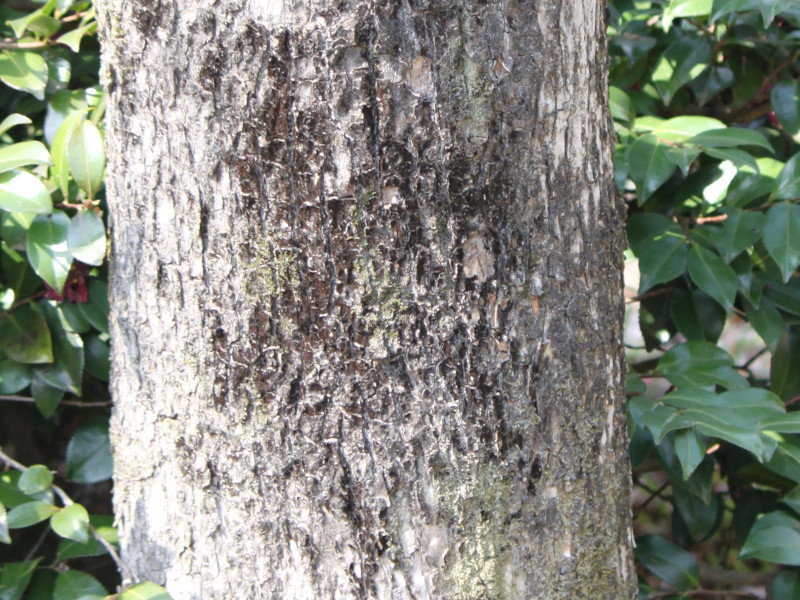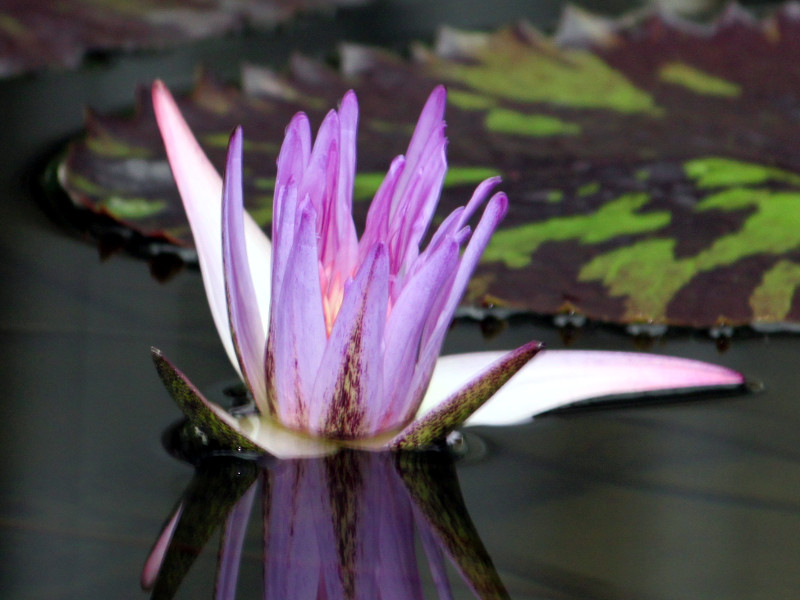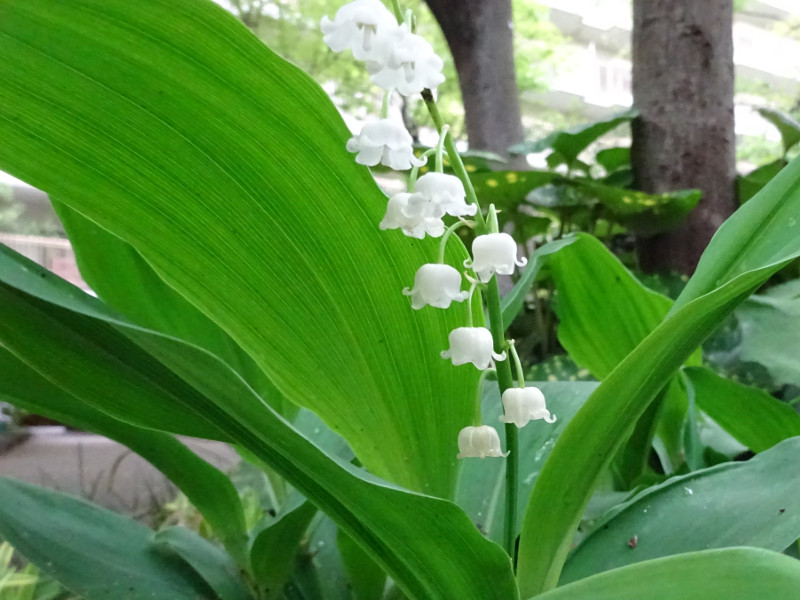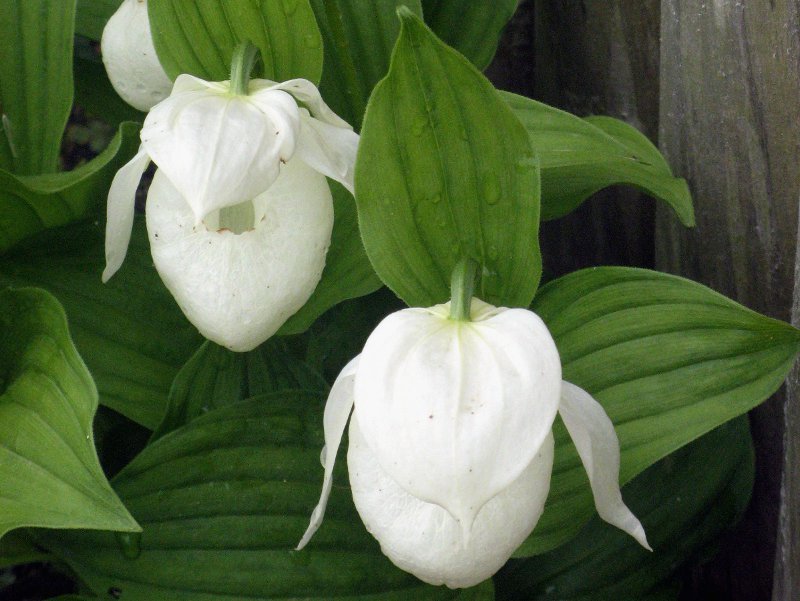waxflower
- Flower namewaxflower
- Scientific nameChamelaucium uncinatum
- Aliaswaxflower, ジェラルトン・ワックス, Geraldton wax
- Place of originAustralia
- Place of floweringGarden, Cut flowers, flower arrangement, Potted flower
- Flowering seasonApril, May, June
- Language of flowers "Caprice," "Delicacy," "Cuteness"
What is waxflower
Waxflower (scientific name: Chamelaucium uncinatum) is a non-cold-hardy evergreen shrub in the genus Chamelaucium of the Myrtaceae family, endemic to southwestern Australia. It is also known by other names such as waxflower and its scientific name, Chamelaucium. A well-known species is the Geraldton wax. In its native habitat, it grows in sandy areas near the coast and inland.
The plant height ranges from 15 to 300 cm. The branches are well-branched. The leaves have oil glands and fragrance, and grow opposite each other. In Japan, the flowering period is from April to June. It produces glossy white, pink, or light purple five-petaled flowers about 2 cm in diameter. It has 10 stamens. The flowers resemble those of the tea tree in the genus Leptospermum.
Flower Language
"Caprice," "Delicacy," "Cuteness"
Common name: Waxflower,
Scientific name: Chamelaucium.,
Other names: waxflower, Chamelaucium, Geraldton wax (scientific name: Chamelaucium uncinatum),
Classification: Kingdom Plantae, Angiosperms, Eudicots, Order Myrtales, Family Myrtaceae, Genus Chamelaucium,
Origin: Endemic to southwestern Australia, Life form: Evergreen shrub,
Plant height: 15-300 cm, Leaf quality: Has oil glands and fragrance, Leaf shape: Long, linear, with a hook-like curved tip, Leaf length: 4 cm, Leaf arrangement: Opposite,
Flowering period: April-June (in Japan), Flower quality: Waxy, Flower diameter: 1.5-2.5 cm, Inflorescence shape: Corymb, Inflorescence length: max 15 cm, Corolla shape: Five-petaled, Petals: Glossy, Flower color: White, pink, light purple, Number of stamens: 10,
Fruit type: Nut.
■ Related Page
Waxflower (scientific name: Chamelaucium)






